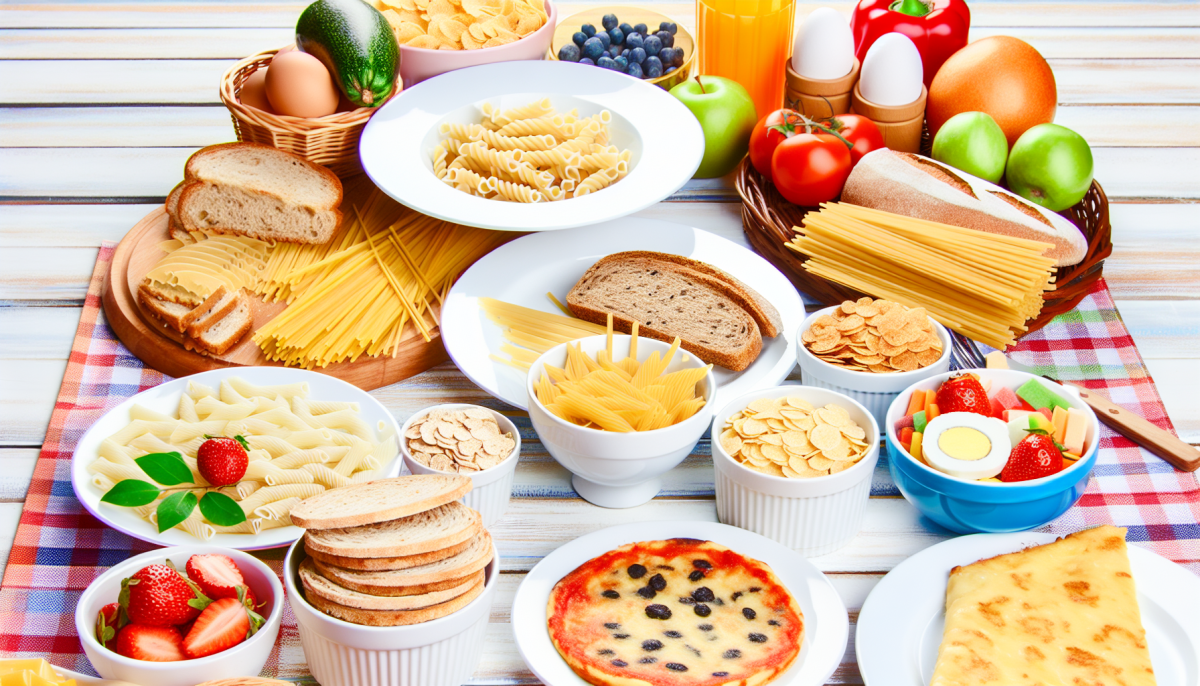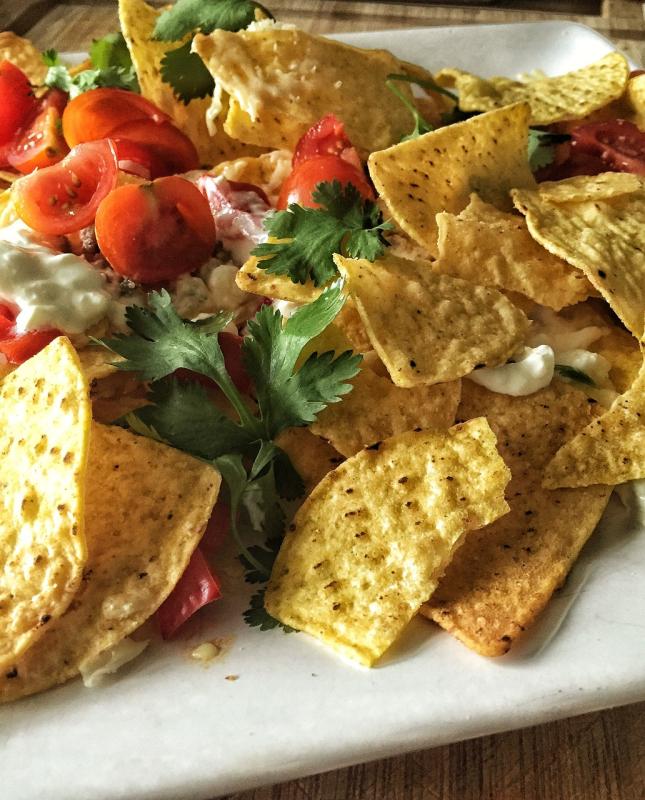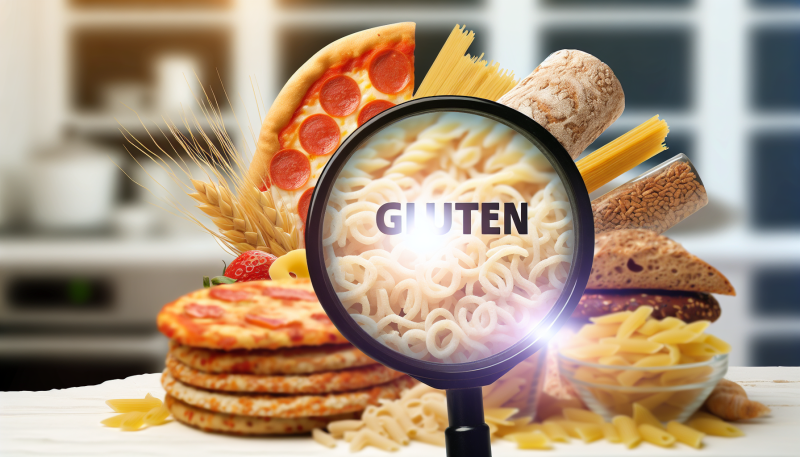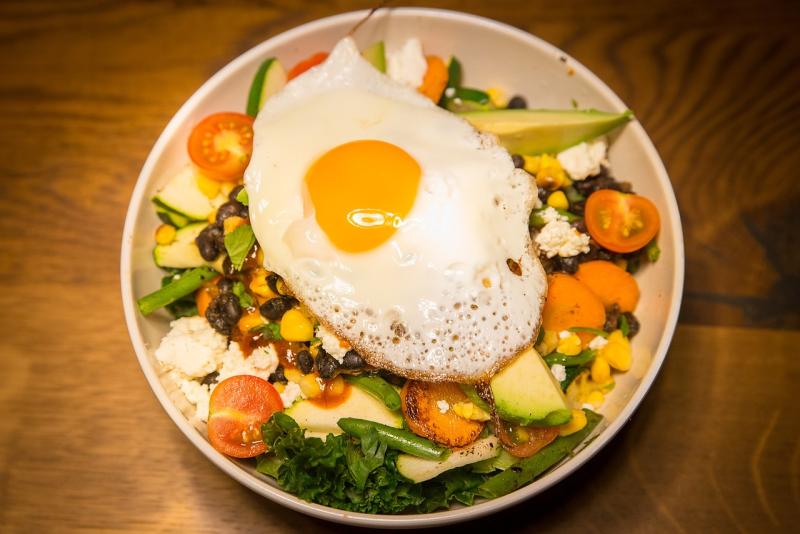Finding delicious gluten-free bread alternatives can feel like a challenge, but there are plenty of options that are both tasty and satisfying. One popular choice is almond flour bread. Made from finely ground almonds, this bread is not only gluten-free but also low in carbohydrates. It has a slightly nutty flavor and a moist texture that makes it perfect for sandwiches or simply to be enjoyed with a bit of butter.
Another great option is coconut flour bread. This option is light and fluffy, giving it a unique texture that many people love. Coconut flour absorbs a lot of liquid, so be sure to follow recipes closely. This bread pairs wonderfully with spreads like avocado or hummus, making it an excellent choice for lunch or snacks.
If you’re looking for something more traditional, try using gluten-free oats to create a hearty oat bread. Oats are naturally gluten-free, but be sure to choose certified gluten-free oats to avoid cross-contamination. This bread is dense and filling, making it a great base for hearty toppings like eggs or smoked salmon.
Finally, consider using a mix of gluten-free flours like rice flour, tapioca flour, or sorghum flour to create a balanced bread that mimics the texture of whole wheat bread. Experimenting with different flour blends can lead to unique flavors and textures, giving you the freedom to discover your perfect gluten-free loaf.
Creative Pasta Swaps for Gluten-Free Meals
If you’re looking to enjoy your favorite pasta dishes without the gluten, you're in luck! There are plenty of creative swaps that allow you to indulge in delicious, hearty meals while keeping it gluten-free. Whether you're following a gluten-free diet by necessity or choice, these substitutes can make your mealtime both satisfying and enjoyable.
One of the most popular alternatives is zucchini noodles, often referred to as "zoodles." They are light, refreshing, and can be used in a variety of sauces and dishes. Simply spiralize the zucchini, and you have a fantastic base for your marinara or pesto sauce. Zoodles cook quickly, meaning you can have a healthy meal on the table in no time!
Another great option is quinoa pasta. Made from whole quinoa and other gluten-free grains, this pasta alternative provides a nutty flavor and a satisfying texture. It holds up well in soups and salads and can even be baked into casseroles. You’ll get the comfort of traditional pasta dishes while also benefiting from the added protein and nutrients that quinoa offers.
If you're craving something heartier, give chickpea pasta a try. Made from ground chickpeas, this gluten-free pasta is rich in fiber and protein, making it not only delicious but highly nutritious. It has a great texture and can easily be used in your favorite mac and cheese or spaghetti recipes, allowing you to enjoy classic flavors without any gluten.
Lastly, consider using rice noodles, especially in dishes like stir-fries and soups. These thin, delicate noodles are naturally gluten-free and have a wonderful chewy texture. They absorb flavors beautifully from sauces, making them a fantastic choice for Asian-inspired meals. With these creative swaps, you'll never miss out on your beloved pasta dishes, and you'll be enjoying a gluten-free lifestyle with ease!
Tasty Gluten-Free Snack Options
When you’re following a gluten-free diet, finding satisfying snacks can sometimes feel like a challenge. However, there are plenty of delicious gluten-free options that can tantalize your taste buds and keep you energized throughout the day. From crunchy to sweet, there’s something for everyone. Here are a few tasty gluten-free snack ideas to try!
First up, let’s talk about popcorn! This whole grain snack is naturally gluten-free and can be easily flavored to suit your mood. Whether you prefer it buttery and salty or drizzled with a little chocolate for a sweet treat, popcorn is a sensible option that’s fun to munch on. Experiment with different seasonings like nutritional yeast for a cheesy flavor or cinnamon for a hint of sweetness.
If you’re in the mood for something a bit heartier, try some savory roasted chickpeas. These crunchy little bites pack a protein punch and can be seasoned in countless ways. Toss them with olive oil and your favorite spices—think garlic powder, paprika, or even curry powder—then roast them in the oven until crispy. They’re perfect for on-the-go snacking or as a topping for salads.
Lastly, for a sweet indulgence, consider fresh fruit paired with nut butter. Slices of apple or banana spread with almond or peanut butter make for a satisfying snack that balances sweet and salty flavors. You can even add a sprinkle of cinnamon or a handful of granola for added texture and taste. This combination not only satisfies your cravings but also provides a boost of nutrients to keep you feeling good.
Simple Substitutes for Baking Without Gluten
Baking without gluten can seem daunting at first, but with the right substitutes, you can create delicious treats without sacrificing flavor or texture. One of the most popular gluten-free flours is almond flour. Made from finely ground almonds, it adds a subtly sweet and nutty flavor to your baked goods. Consider using almond flour in recipes for cookies, muffins, and pancakes. Just remember, it works best when combined with other gluten-free flours to achieve the right consistency.
Coconut flour is another fantastic option for gluten-free baking. It’s highly absorbent, so you’ll need to adjust the liquid in your recipes. Generally, you can substitute coconut flour for up to 25% of the total flour in a recipe. It brings a delightful coconut flavor, perfect for cakes and desserts. Pair it with eggs, as they help provide the structure and moisture your baked goods need.
For a more traditional flour substitute, you might try gluten-free all-purpose flour blends. These blends are designed to mimic the properties of wheat flour, making them ideal for almost any recipe. When using these blends, check for xanthan gum in the ingredients, as it helps to give the structure and chewiness that gluten would normally provide. These blends can usually be swapped in for wheat flour on a one-to-one basis, making them a convenient choice for any baker.
Lastly, don't overlook the power of oats! Certified gluten-free oats can be ground into oat flour or used whole to add a hearty texture to your baked goods. Oat flour works well in cookies and pancakes, while whole oats are perfect for adding some chewiness to granola bars and muffins. Just be mindful of potential cross-contamination if you’re particularly sensitive to gluten.



